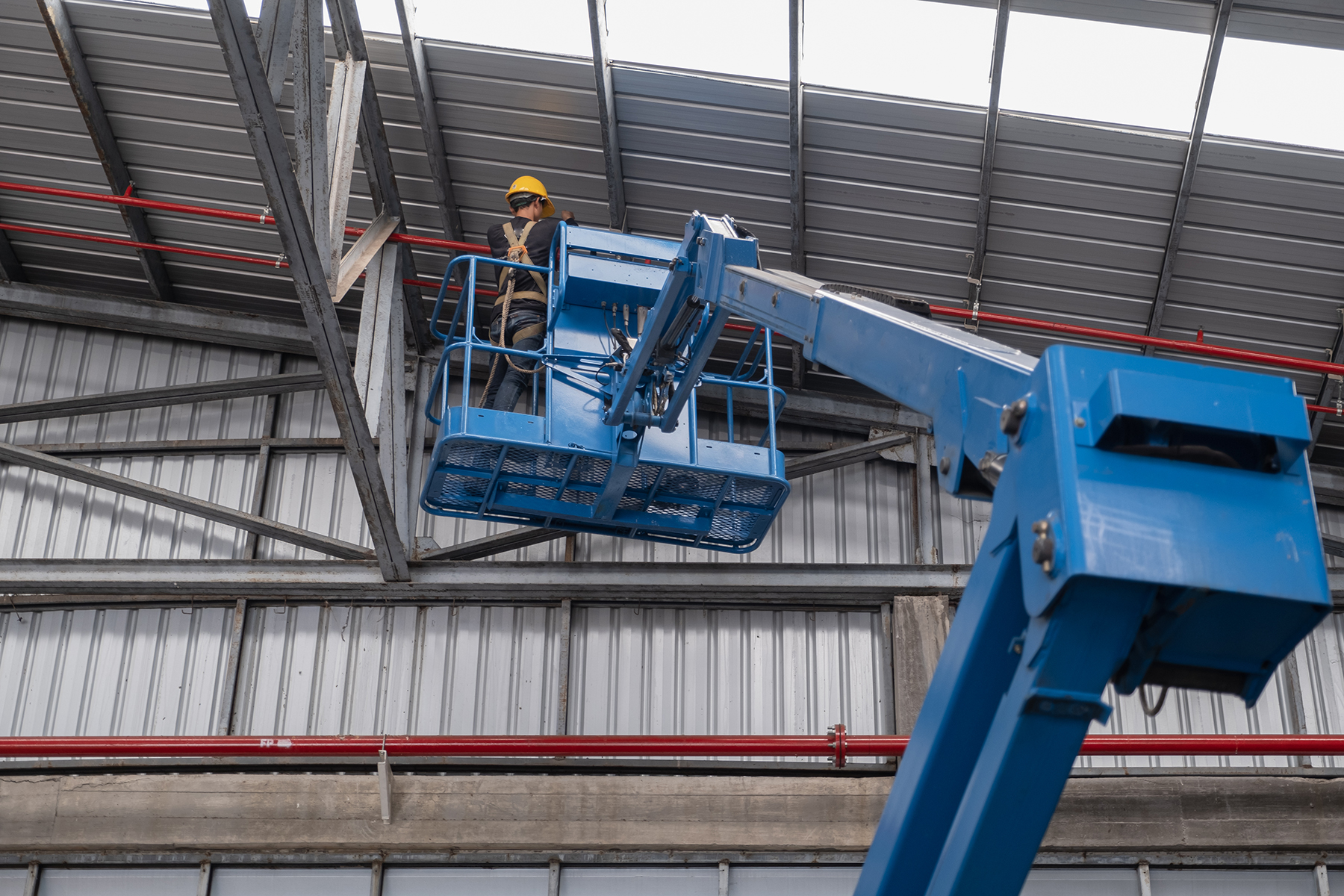
Fire protection in industrial manufacturing sometimes gets treated as a “back burner” (no pun intended) item, but it is critical to safeguard both people and property. According to the National Fire Protection Association (NFPA), in 2022, there were about 140,000 non-residential structure fires, causing an estimated 150 civilian deaths and $4 billion in property damage.
Protecting your teams and assets against fires requires a comprehensive, proactive strategy. This means much more than just installing a commercial fire extinguisher and adding the fire department to speed dial. As an industrial contracting firm with over 30 years of expertise, Lee Contracting has put together numerous fire protection strategies for customers. In this article, we are sharing some of the elements that contribute to a solid fire protection plan.
Risk Assessment
Before developing a strategy, our industrial contractors start by conducting a thorough risk assessment of your facility. We will inspect your facility to identify potential fire hazards such as flammable materials, faulty electrical equipment or machinery that produces heat. Once we identify the hazards, we recommend risk mitigation tactics that minimize the chance of a fire starting or spreading.
Fire Detection and Fire Suppression Systems
After we inspect your facility, we go over strategies and tools that help prevent and protect against fires. These strategies include both early detection systems and fire suppression systems.
If a fire breaks out in your facility it’s best to catch it as soon as it starts, before it has a chance to spread. Fire detection systems may include smoke detectors, heat detectors and flame detectors – and utilizing a combination of these will provide the best protection. Devices should be placed in key areas throughout your plant for comprehensive coverage. Fire detection systems must be tested regularly to ensure they are functioning properly.
In the event of a fire, you want to be sure you have a top-grade fire suppression system that can extinguish the blaze effectively. Our industrial contractors can help you select the best fire suppression strategy for your facility, which might include wet or dry sprinkler systems, clean agents or foam systems. The most appropriate suppression system will depend on the specifics of your industrial environment. For example, clean agent systems are suitable for areas with sensitive electronic equipment, while foam systems are effective for flammable liquid fires.
Fire Safety Training and Protocols
While fire detection and suppression are vital, it’s also crucial to create a comprehensive emergency response plan for your staff to follow. This plan should outline the procedures for evacuating the facility, using fire extinguishers and communicating with emergency services. You should train employees on these procedures and on how to properly use fire safety equipment. Conduct regular fire drills and safety audits to help reinforce these protocols and make sure everyone knows precisely what to do if a fire erupts.
Ongoing Maintenance
Maintaining your electrical systems and machinery is an important step in fire protection. Regular inspections can identify potential fire hazards early, such as faulty wiring or components overheating, so you can address them before it’s too late. Enlist the help of a trusted industrial contractor, like Lee Contracting, to conduct routine maintenance on your equipment and facilities to reduce the likelihood of fire-related incidents.
Need help developing or implementing a fire protection strategy? The team at Lee Contracting can help. Contact us today to keep your team and business protected.


